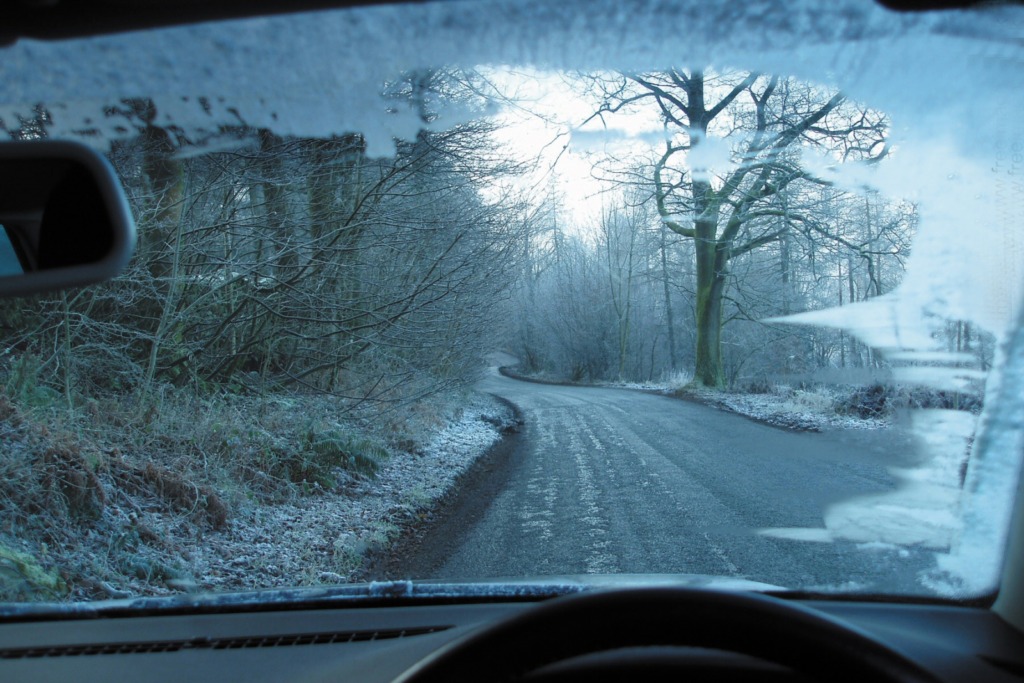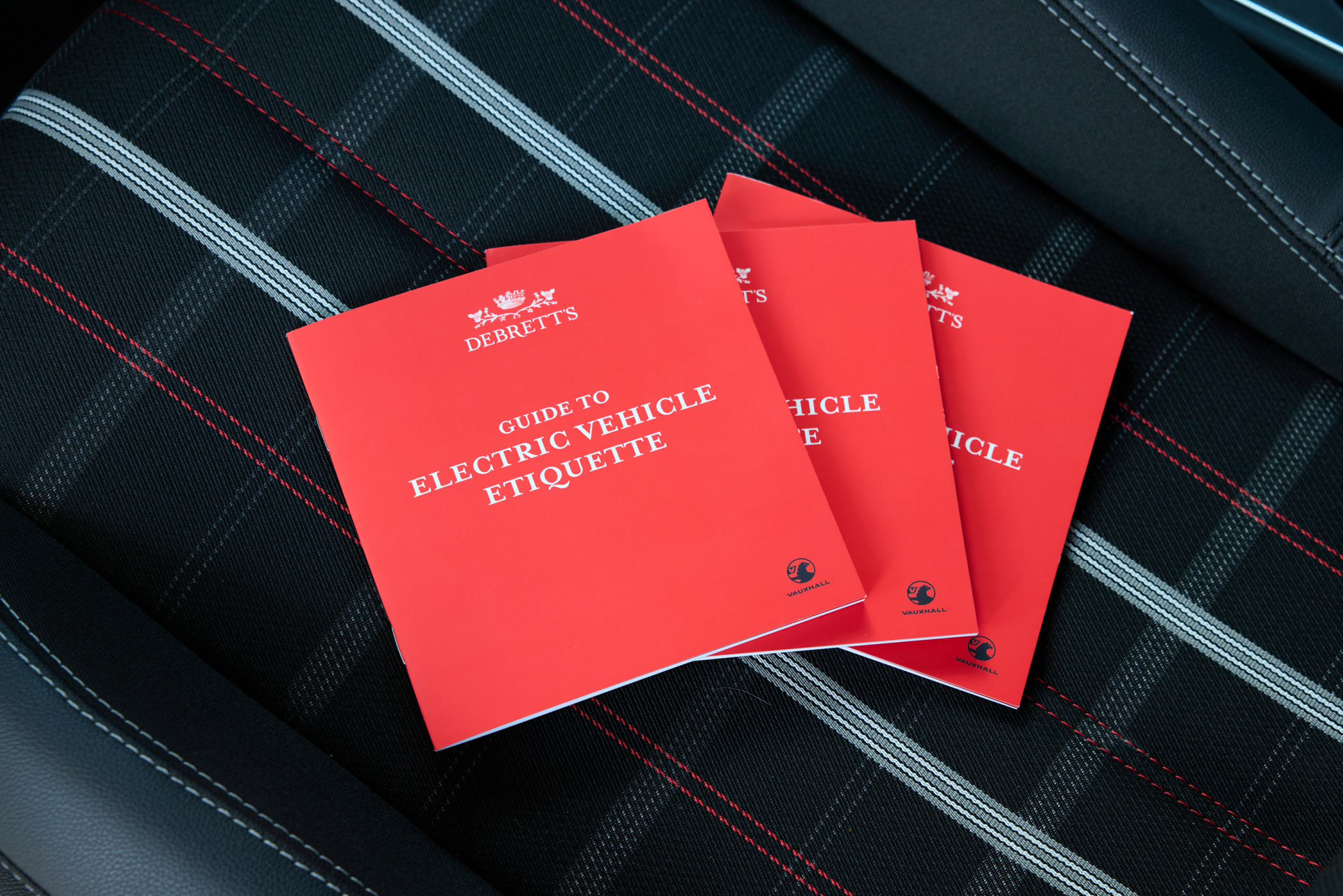Most think winter tyres are only good when the roads are covered with snow and ice. Modern tyre development has meant that the latest products are a whole lot more versatile.
In many other European countries it is a common practice for drivers to fit cold weather tyres in late Autumn and revert back to Summer tyres in the late Spring. So why is this not the case in the UK?
The Current Perception of Winter Tyres
Ask any British driver about cold weather tyres and their answer is likely to relate in some way to snow or ice-covered roads. Ask a British driver how often they encounter snow or ice and the answer is likely to be very infrequently. Recent prolonged bad winter weather coupled with significant advances in tyre technology has started to change the UK motorists’ attitudes towards winter tyres.
The perception that winter tyres only give benefits on snow or ice is years out of date. Modern rubber compound technology and advances in tread pattern design mean the modern day winter tyre also provides higher levels of road safety on cold and damp road surfaces. Much progress has been made over the last twenty-five years and tyre technology is now at a very advanced level. New vehicle concepts, combined with tyres ideally adapted to requirements, have made driving noticeably safer today. The benefits are persuasive; substantially increased mileage performance, less weight, reduced rolling resistance and considerably shorter braking distances on both wet and dry roads.
“The number of accidents caused by wet road conditions increases in winter by a massive 267 per cent”
Driving Conditions for Winter Tyres
As vehicle design and technology has advanced, tyre design has had to do the same. However, it is unreasonable to expect one tyre type to provide high safety levels with temperature ranges from +30 oC to -15 oC, both of which have been experienced in Britain. This is why specialist tyres have been developed over many years. To enable them to develop their full potential, there is one crucial aspect – they have to have balanced characteristics.
Ambient temperature is a deciding factor on which tyre type provides the highest safety for road users. Most drivers will adapt driving styles when snow is on the ground and when temperatures drop below zero degrees. Why? Because such conditions are either very visible or very apparent to the driver. However, cold damp road conditions visibly are no different to damp conditions in the warmer months. As such drivers will tend not to adjust driving style to suit. Therefore, it is potentially these latter road conditions which present the highest risks. Research shows these potentially hazardous conditions are most likely to be encountered when the ambient temperature drops below 7oC. In the UK this means between October and April.
On damp or wet roads, tyres grip differently and the braking distance is substantially longer. Which means the question of the right tyres and the temperature is even more important. Over 7oC – between Easter and October – traditional summer tyres are truly in their element. Between October and Easter however, Cold weather winter tyres show distinct safety advantages. On snow or ice-covered roads, only cold weather tyres reduce the braking distance by those vital metres.
When ambient temperatures fall below 7oC, the molecules in tread rubber progressively harden and freeze. This means that the tyre is less able to adapt to the contour of the road surface. Which in turn reduces grip levels. With cold weather tyre rubber compounds, there is a higher proportion of natural rubber. This coupled with extended use of silica technology, they minimise the hardening effect at low temperatures. This allows the tyre to key into the road surface, resulting in higher grip levels. Together with highly developed tread patterns, the combination is such that no summer tyre can match.
Winter Tyre Maintenance
A small amount of maintenance pays great dividends in terms of safety. Only well-maintained tyres perform fully and provide a comfortable ride. Tyres should be inspected regularly for cracks, cuts and bulges. Every four weeks check the tyre pressure on the cold tyre to ensure optimum contact with the road. Double-check the tread depth too, because as this decreases, braking distances increase. Tread depth is a clear indicator of when to change your tyres. When summer tyres have only 3 mm tread depth and winter tyres 4 mm.
Summary
In summary, drivers are five times more likely to skid on snowy or icy road conditions than they are on dry roads. The number of accidents caused by wet road conditions increases significantly during the winter months. 60 per cent of people feel scared or uneasy when driving in winter conditions, 75 per cent of these same people would not consider fitting winter tyres.
It seems crazy, especially when you realize that the latest winter tyres generally outlast conventional summer tyres by many thousands of miles. So it can’t be purely a financial consideration. Many car manufacturers through their dealerships and tyre centres are now actively promoting the use of winter tyres. Some are even offering to store the set you are not using free of charge until you want them refitted. It seems the industry and the British motorists are finally starting to wake up to the benefits of changing tyres to match the seasons’.
If you need to buy winter tyres for your vehicle get in touch here.





